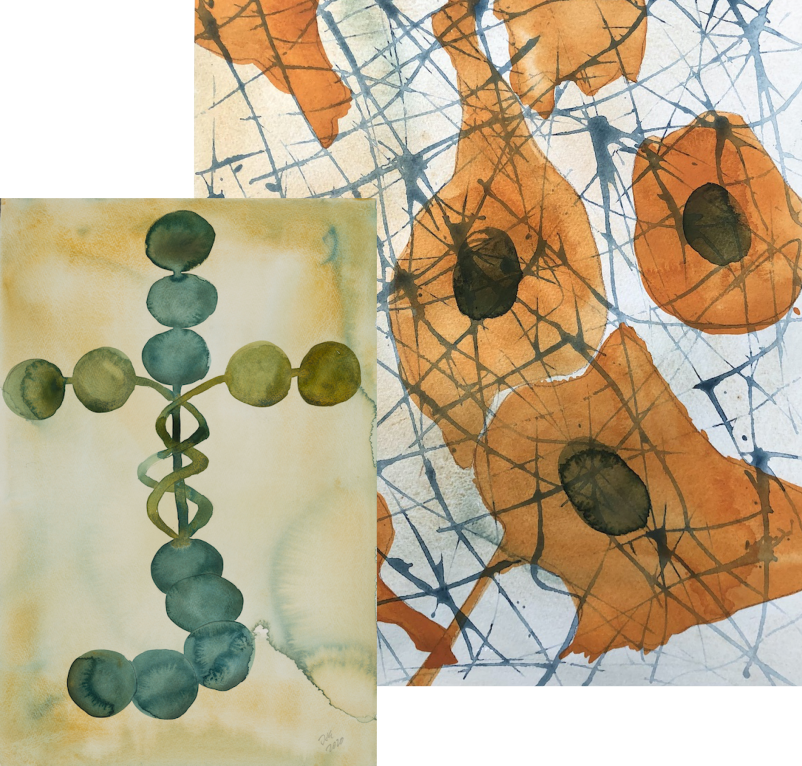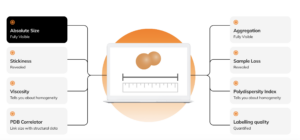
BioLamina AB bags €19m funding for expansion
French-US-based investment specialist Lauxera Capital Partners announced today that it has invested €17m in Swedish cell culture company BioLamina AB (BioLamina)
The tenth investement from Lauxera Capital Partners through its Lauxera Growth I fund will be usesd by the Swedish company to expand the development and commercialization of laminins recombinant matrix proteins supporting biopharma companies as well as researchers in the maintenance, expansion, and differentiation of therapeutic stem cells and primary cells. With the investment, Lauxera Capital Partners is joining with other distinguished investors – majority owner Bure Equity AB, a listed Swedish investment company and long-standing BioLamina shareholder, and Northislet AB, a Swedish investment company in emerging medical technologies – as well as with BioLamina’s founders and executives as shareholders in support of the company’s mission.
Fourteehn year-old commercial stage BioLamina AB’s is a leading, independent player feeding the growth of the rapidly-expanding stem cell field. The company’s business is based on breakthrough research of its co-founder Dr. Karl Tryggvason at the Karolinska Institute and Duke-NUS Medical School. The company develops and produces recombinant human laminins, which are key to to grow, manipulate, and engineer both stem cells and certain primary cells. Present in high concentration in human embryonic tissues, BioLamina’s recombinant laminins are fully-defined, process reagents that enable both researchers and therapeutic innovators in the space to mimic and precisely control culture conditions during the production of stem cell-derived therapeutics and advanced cell-based disease models.
BioLamina’s recombinant laminin isoforms include both research- and cell therapy-grade products for use in clinical trials and in preparation for commercialization. In addition to their direct therapeutic applications, stem cells are also powering the development of increasingly sophisticated disease models. These models accurately represent disease dynamics across multiple cell types, reducing or replacing the use of live animal models in translational research and development. Combined with the afore mentioned advances in therapeutics, this foothold in earlier-stage research will firmly entrench stem cells as a key technology driving medical advances over the coming decades.


 University of Geneva
University of Geneva FIDA Biosystems ApS
FIDA Biosystems ApS adobe stock photos - deemerwha
adobe stock photos - deemerwha